Publications
Articles, publications, books, tools and multimedia features from the U.S. Institute of Peace provide the latest news, analysis, research findings, practitioner guides and reports, all related to the conflict zones and issues that are at the center of the Institute’s work to prevent and reduce violent conflict.
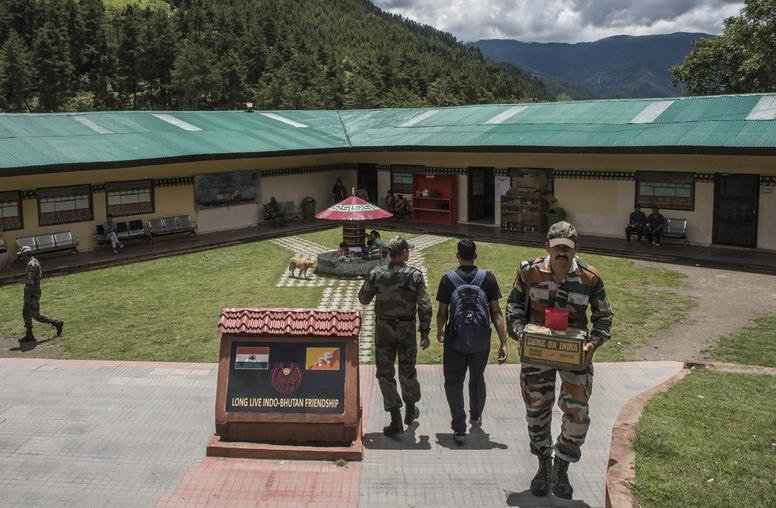
What’s Driving India-China Tensions?
Since deadly clashes between India and China on their 2,100-mile disputed border — known as the Line of Actual Control (LAC) — nearly four years ago, the two countries have remained in a standoff and amassed an increasing number of troops on either side of the LAC. While India and China have held regular exchanges at the corps commander level since 2020, each side has also continued to militarize and invest in infrastructure in the high-altitude border regions, which may exacerbate risks of clashes or escalation. India-China competition has also deepened beyond the land border, particularly in the Indian Ocean region.
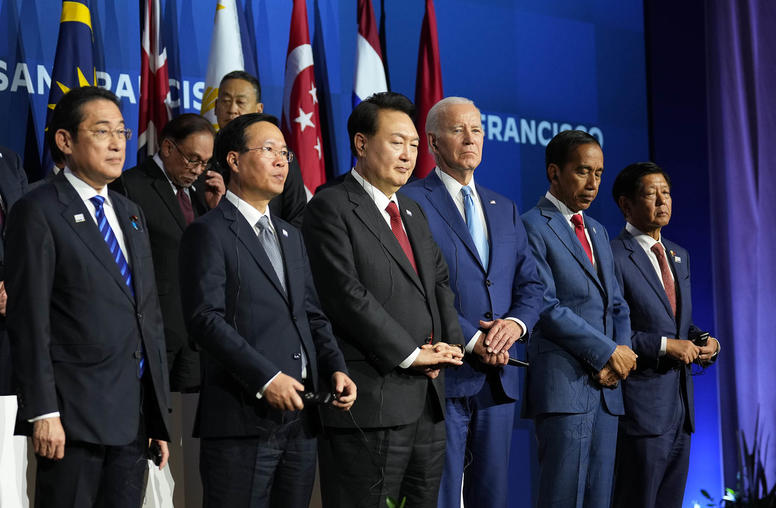
Two Years Later, What Has the Indo-Pacific Strategy Achieved?
This month marks the second anniversary of the Biden administration’s Indo-Pacific Strategy (IPS). USIP experts Carla Freeman, Mirna Galic, Daniel Markey, and Vikram Singh assess what the strategy has accomplished in the past two years, how it has navigated global shocks and its impact on partnerships in the region.
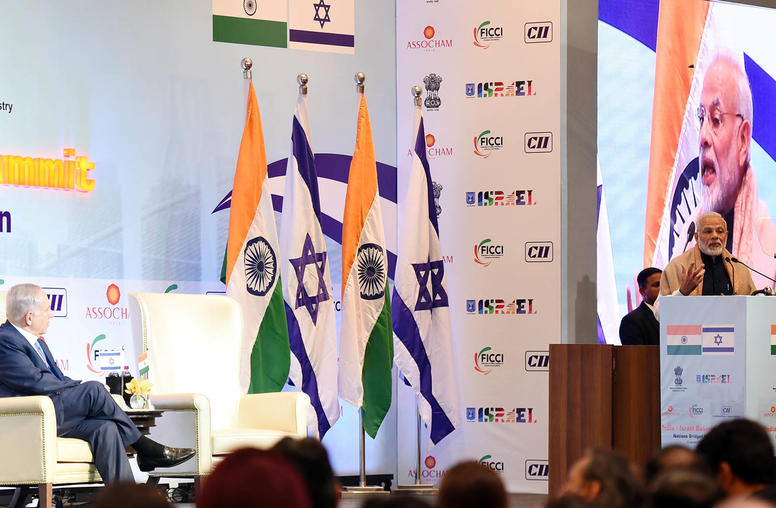
Amid War in the Middle East, India-Israel Ties Reach New Milestone
India’s official response to the Israel-Hamas war reflects a meaningful and likely durable strategic tilt toward Israel by Prime Minister Narendra Modi and his ruling Bharatiya Janata Party (BJP). Yet India’s shift should not be misinterpreted as a broader alignment with the United States or any other “camp” in this bitter contest. The maxim that Indian External Affairs Minister S. Jaishankar has repeated in other fraught geopolitical contexts holds equally true for India’s stance in the Middle East: “Do not think it’s necessary for India to join any axis. India is entitled to make its own choices which will be a balance of its values and interests.”
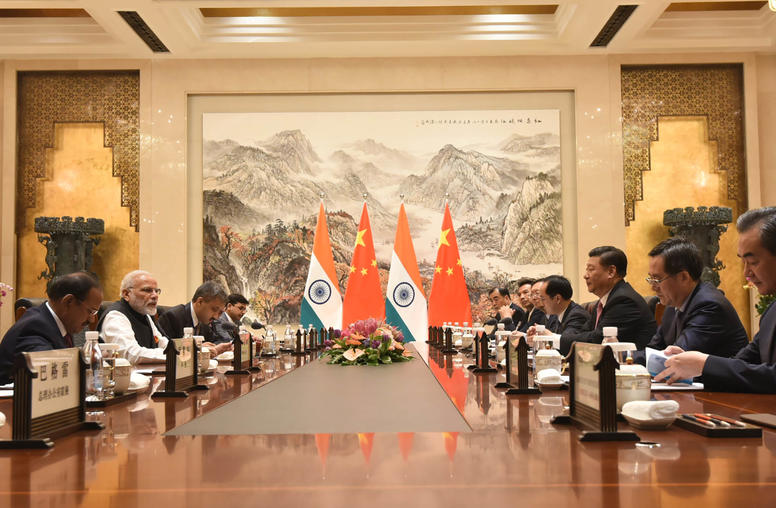
Three Things to Know About China-India Tensions
Relations between the two Asian giants have soured over the last decade, particular following a 2020 border brawl between Indian and Chinese troops in the Galwan Valley. While there are credible concerns that these nuclear powers’ ties are trending in the wrong direction — particularly as both sides continue provocative actions — neither Beijing nor New Delhi wants to see an escalation toward a more serious conflict. For its part, the United States has sought to deepen its security and economic relationship with India as the U.S.-China rivalry intensifies and considers it a vital partner in Washington’s Indo-Pacific strategy.
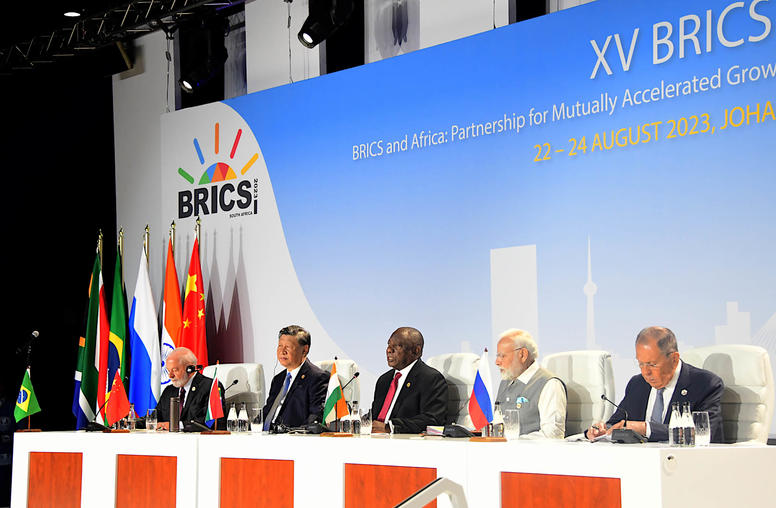
What BRICS Expansion Means for the Bloc’s Founding Members
After more than 40 countries expressed interest in joining, the question of whether BRICS would admit new members was finally answered during the group’s summit last week. Despite pre-summit reports of division over the potential expansion, leaders from the five-nation bloc announced that Saudi Arabia, Iran, Ethiopia, Egypt, Argentina and the United Arab Emirates (UAE) would join the group starting in 2024.
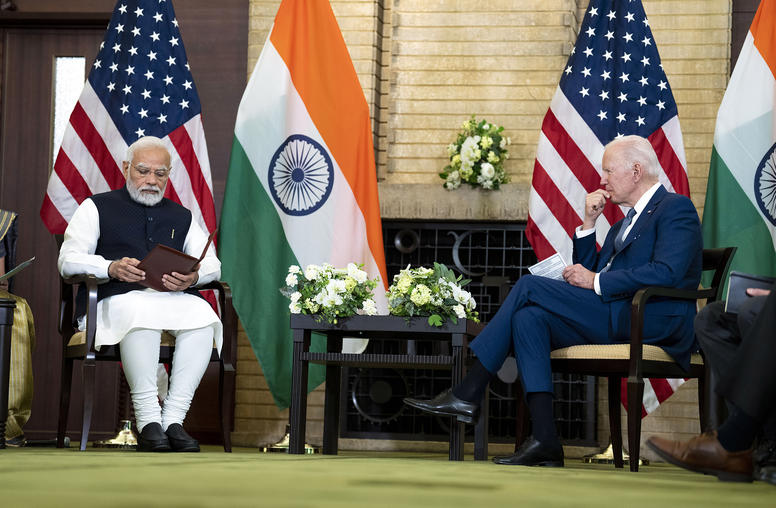
Modi’s Trip to Washington Marks New Heights in U.S.-India Ties
Against the backdrop of tightening U.S.-India ties, Indian Prime Minister Narendra Modi heads to Washington this week for an official state visit — only the third President Joe Biden has hosted since taking office. The bilateral relationship has soared to new heights in recent years, particularly on economic, technological and defense issues. Underpinning these developments is both sides’ desire to counter China’s effort to project power and influence across the Indo-Pacific region. While Washington and New Delhi have their disagreements on issues like Russia’s war on Ukraine and human rights, they see the relationship as too strategically vital to be jeopardized by these differences.
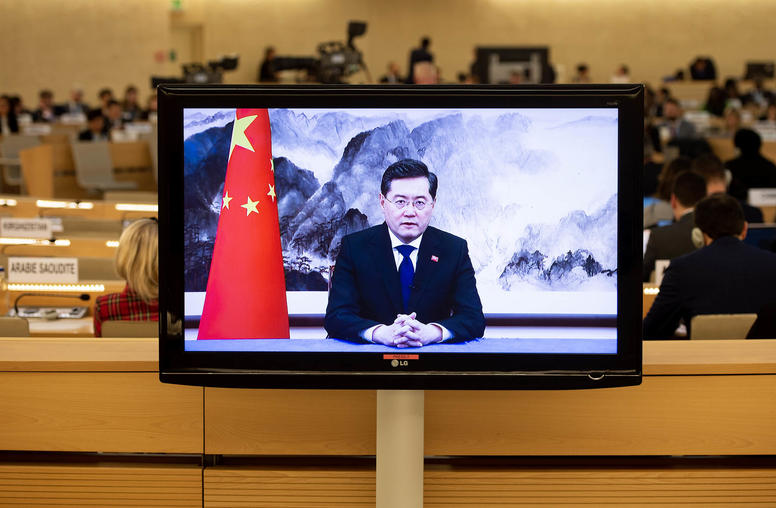
Five Takeaways from China’s Latest Diplomacy
China’s foreign minister, Qin Gang, has been on a whirlwind diplomatic tour in recent weeks, with high-profile meetings in Europe, Myanmar, Pakistan — where he also met with Taliban officials — and back home in Beijing with the U.S. ambassador to China. With U.S.-China relations as frosty as ever, Qin’s meeting with Ambassador Nicholas Burns signals that both sides want to manage better manage their differences. In Europe, Beijing is promoting its peace plan for Ukraine despite European concerns that Beijing is decidedly pro-Moscow. Meanwhile, amid crises in Afghanistan, Pakistan and Myanmar, China is wielding its clout to advance its own interests in spite of the implications for long-term stability.
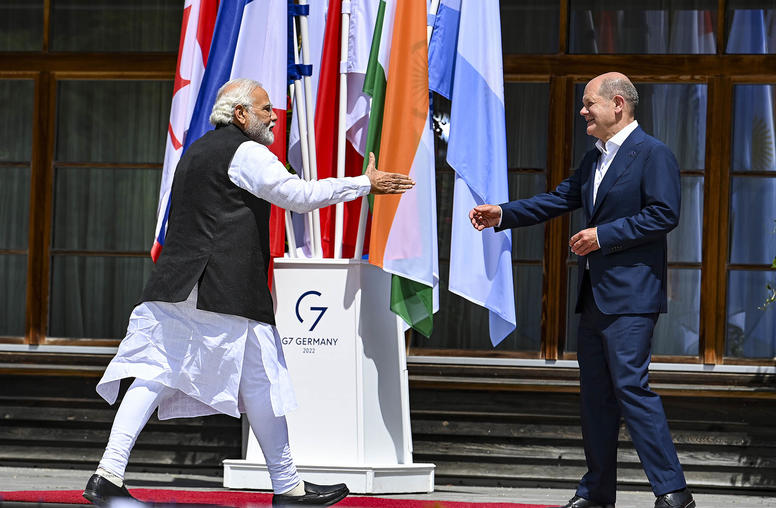
What to Watch in 2023: India’s Pivotal Year on the Global Stage
One month into 2023, and India is well underway with preparations for a pivotal year. In the coming 11 months, India is expected to surpass China as the world’s most populous nation (and by some estimates already has), and to continue on a trajectory of rapid economic growth. In assuming the presidencies of both the G-20 and the Shanghai Cooperation Organization (SCO), India is set to host leaders from across the globe as the country prepares for its own general elections in 2024. With all eyes on India, New Delhi may be increasingly sensitive to global perceptions of how it handles possible shocks — external or internal — ranging from escalation on its borders to incidents of communal violence.
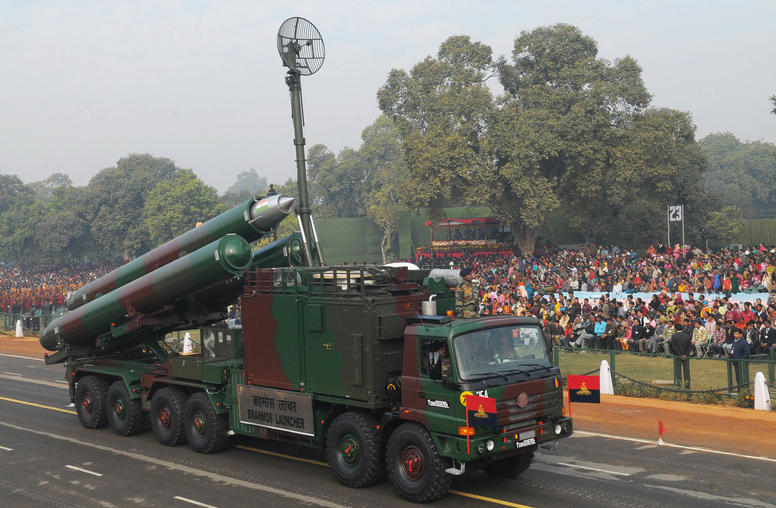
The Persistent Threat of Nuclear Crises Among China, India and Pakistan
Southern Asia — India, Pakistan and China — is the only place on earth where three nuclear-armed states have recently engaged in violent confrontations along their contested borders. As a USIP senior study group report concluded last year, the problem of nuclear stability in Southern Asia is getting harder to manage because of geopolitical changes, such as rising India-China border tensions, as well as evolving military technologies, including growing nuclear arsenals and more capable delivery systems. Unfortunately, in the time since that senior study group completed its work, little has happened to revise its worrisome conclusion or to prevent the most likely triggering causes of a nuclearized crisis in Southern Asia. To the contrary, there are some good reasons to fear that the situation in Southern Asia has even deteriorated over the past year.
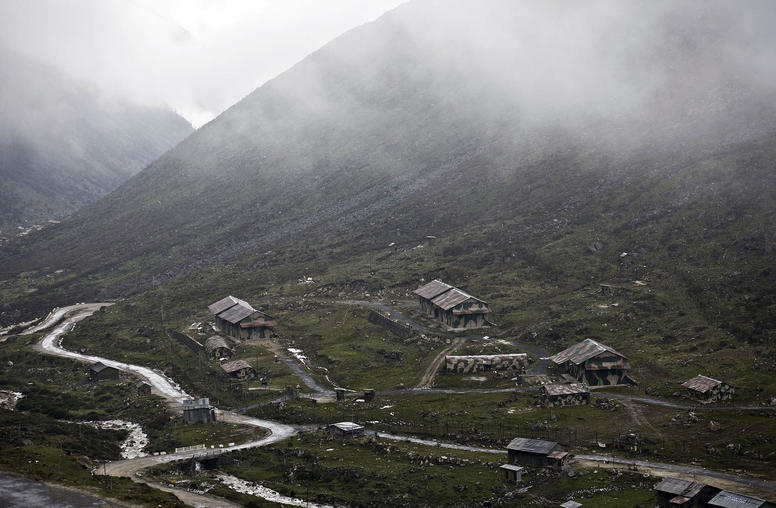
Another Clash on the India-China Border Underscores Risks of Militarization
On December 9, hundreds of Indian and Chinese forces clashed along the Line of Actual Control (LAC), the roughly 2,100 miles contested boundary that separates northern India from China. Neither side used firearms, and no deaths were reported, but both Indian and Chinese forces sustained injuries. The skirmish was the worst since the summer of 2020, when deadly fighting in the Galwan Valley led to the most significant border escalation in over four decades. In the wake of those 2020 clashes, India and China held 17 rounds of military talks — but have been unable to reach terms for disengagement across key areas of the disputed border.